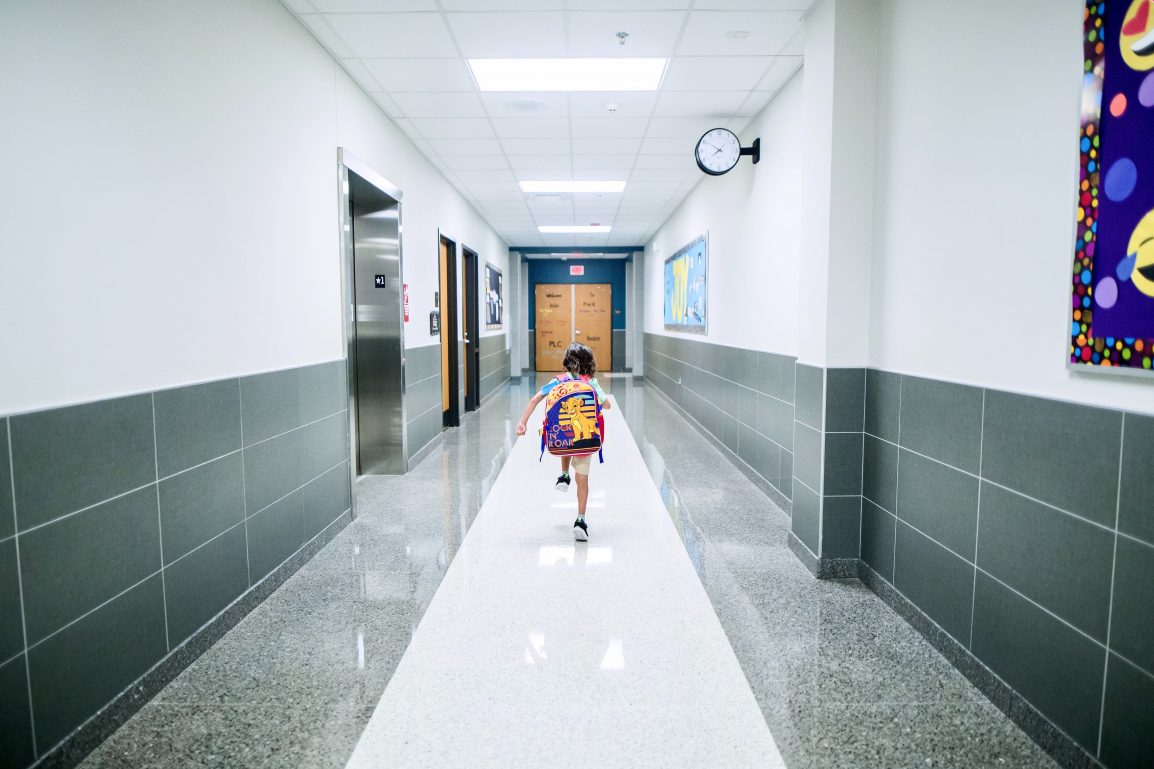Walk into almost any school today, and you’ll likely spot them—small black domes on the ceilings, cameras near entrances, or even signs warning that the campus is under surveillance. School security cameras are becoming more common in classrooms, hallways, cafeterias, and school buses. But what does this actually mean for students? Is it a step toward safety—or a compromise on personal privacy?
Let’s explore how this technology is changing student life and why it’s important for teens to understand (and speak up about) how surveillance affects them.
Why Schools Use Security Cameras
First, let’s break down why school security cameras are used in the first place. School administrators say the main goals are:
- Preventing violence or theft
- Monitoring for bullying or unsafe behavior
- Deterring trespassers or unauthorized visitors
- Providing evidence in case of emergencies
In many ways, cameras are meant to help staff keep students safe and hold everyone accountable. And in today’s world, where concerns about school safety are very real, that goal makes sense.
The Positive Side: Feeling Safer on Campus
Some students actually feel more secure knowing cameras are around. For example:
- If a fight breaks out, footage can help figure out what really happened.
- If someone is being bullied in a hallway, the video might provide proof.
- If something is stolen, cameras can help track down the truth.
In schools where violence or vandalism has been a problem, security cameras have helped reduce those incidents. In that way, they can play a role in building a safer, more respectful environment.
But What About Privacy?
While school surveillance systems are meant to help, some students worry they’re being watched too closely. Cameras in hallways or cafeterias may seem harmless, but some teens feel like they can’t relax when they’re constantly being recorded.
This raises important questions:
- Where should cameras be placed—and where should they not be?
- Who is allowed to view the footage?
- How long is the video stored?
- What happens if someone misuses the recordings?
As teens, it’s okay to ask these questions. In fact, it’s important. Privacy matters, even in a place meant to protect you.
Balancing Safety and Rights
The challenge for schools is finding a balance between keeping students safe and respecting their personal space. Cameras should never be in locker rooms, restrooms, or any other private spaces. And schools should be open about their security policies.
Some school districts now involve students in these conversations—asking for their input on where cameras are placed or how footage should be used. That’s a great step forward, and it’s something more schools should consider.
Your Voice Matters
Whether you feel safer with security cameras or have concerns about being watched, your opinion matters. Here’s how you can be part of the conversation:
- Talk to your school council or student government about how surveillance is handled.
- Ask questions at assemblies or safety meetings.
- Write to your principal or school board if you think certain policies should change.
- Start discussions with friends—what do they think? You might be surprised.
When students speak up, adults listen. After all, you’re the one walking those hallways every day.
Final Thoughts
School security cameras are here to stay—but how they’re used should always be up for discussion. Safety is essential, but so is the right to feel trusted and respected in your school community. The best schools are the ones that protect students without making them feel like suspects.
By learning more, asking questions, and raising your voice, you can help shape a school environment that’s not just safe—but also supportive, fair, and empowering.

